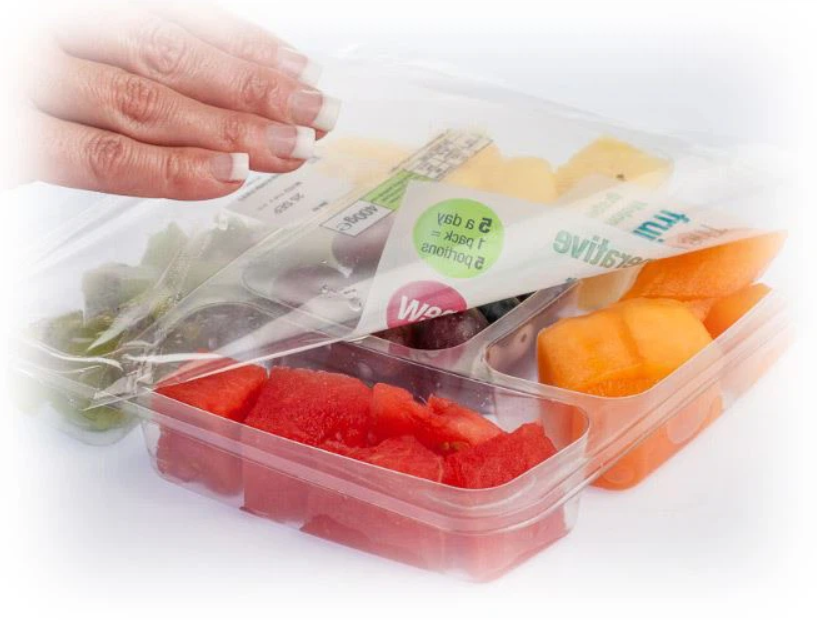Which Plastic Materials are Suitable for Thermoform Vacuum / MAP Packaging

In bygone eras, the "golden times," a myriad of convenience products were vended without any wrapping or packaging, as the suitable materials for packaging were simply non-existent. However, in today's world, a staggering 90% of all foodstuffs find their way into the shopping carts of supermarkets. This transformation can be attributed to the rapid advancements in transportation methods over the past half-century, coupled with innovations in refrigeration and the advent of appropriate packaging materials, particularly those made of plastic. These revolutionary changes have entirely transformed the ways in which we transport, procure, and commercialize goods.
With an increasing number of families residing in urban areas and households becoming smaller, the rise of dual-income families and single-person households is noteworthy, while the population ages. Consequently, smaller households necessitate reduced food portions, making small packaging increasingly significant. In response to the demands of time-constrained individuals who seek convenient meal options, ready-to-serve and portioned meals suitable for storage have become popular, reducing the need for daily grocery shopping. Modern packaging has become an essential element in maintaining our quality of life.
Thermoform vacuum / MAP (modified atmosphere pressure) Packaging machines or in other words horizontal form fill seal machines (HFFS) (FFS) meet these requirements and expectations.
In thermoforming Packaging applications numerous options exist for packaging and storing products using plastic packaging materials, but these plastics also face various demands and requirements. Specific material specifications depend on factors like the nature of the product, storage conditions, and the intended packaging process.
When it comes to thermform packaging of food, it's essential that the contact with plastic is safe, and the packaging acts as a barrier, protecting the food from harmful gases and environmental elements. Convenience thermoform food packaging, in addition, must be microwave-safe. Presently, easily perishable foods are packaged using acceptable mono-layer barrier films such as PA, PVC, and A-PET. When the barrier properties of these films are insufficient, the packaging can be enhanced with EVOH for gas-tight properties or even aluminum for an impenetrable gas barrier.
Thermoforming packaging can be broadly categorized into two types: flexible packs and rigid packs. Flexible packs are mainly utilized for thermoform vacuum Packaging of fresh food items like cheese, sausages, and meat, with PA/PE combinations of 200 to 250 μm thickness commonly used. Certain products, like cheese blocks and smoked meat with sharp edges, or those undergoing specialized export shipment, may require thicker composite packaging materials. For products with an extended shelf life or specific quality requirements demanding increased barrier protection, PA/PE combinations with an EVOH layer as a gas barrier prove beneficial. Conversely, certain cheeses require material combinations with high CO2 permeability to facilitate the escape of gases generated during the ripening process. OPP/PE combinations are often preferred for lidding and multilayer films, meeting these specific demands effectively.
Conversely, rigid packs offer a more robust structure, making them particularly suitable for thermoform MAP (modified atmosphere pressure) packaging sliced foods such as cheese and sausages, commonly sold in supermarkets by standard weight. The usual materials employed for rigid packs include OPA/PE peel combinations for lid films and A-PET (APET)/PE combinations for bottom films.
In many instances, the A-PET/PE bottom film alone suffices as it possesses adequate gas and water vapor barrier properties for most applications. However, when manufacturing oversized rigid packs, as required for wholesale trade, PS (polystyrene)/EVOH/PE bottom films are commonly paired with OPA/PE lid films.
Furthermore, for thermoform vacuum / MAP packaging fresh meat, a lid film equipped with an "antifog" mixture is utilized to prevent condensation that might obstruct visibility of the food. When pasteurizing food within the packaging, materials must withstand high temperatures. In such cases, PP (polypropylene)/EVOH/PP combinations serve as suitable materials for the bottom parts, while lids can be made from a PA/PE combination with an additional PP sealing layer.